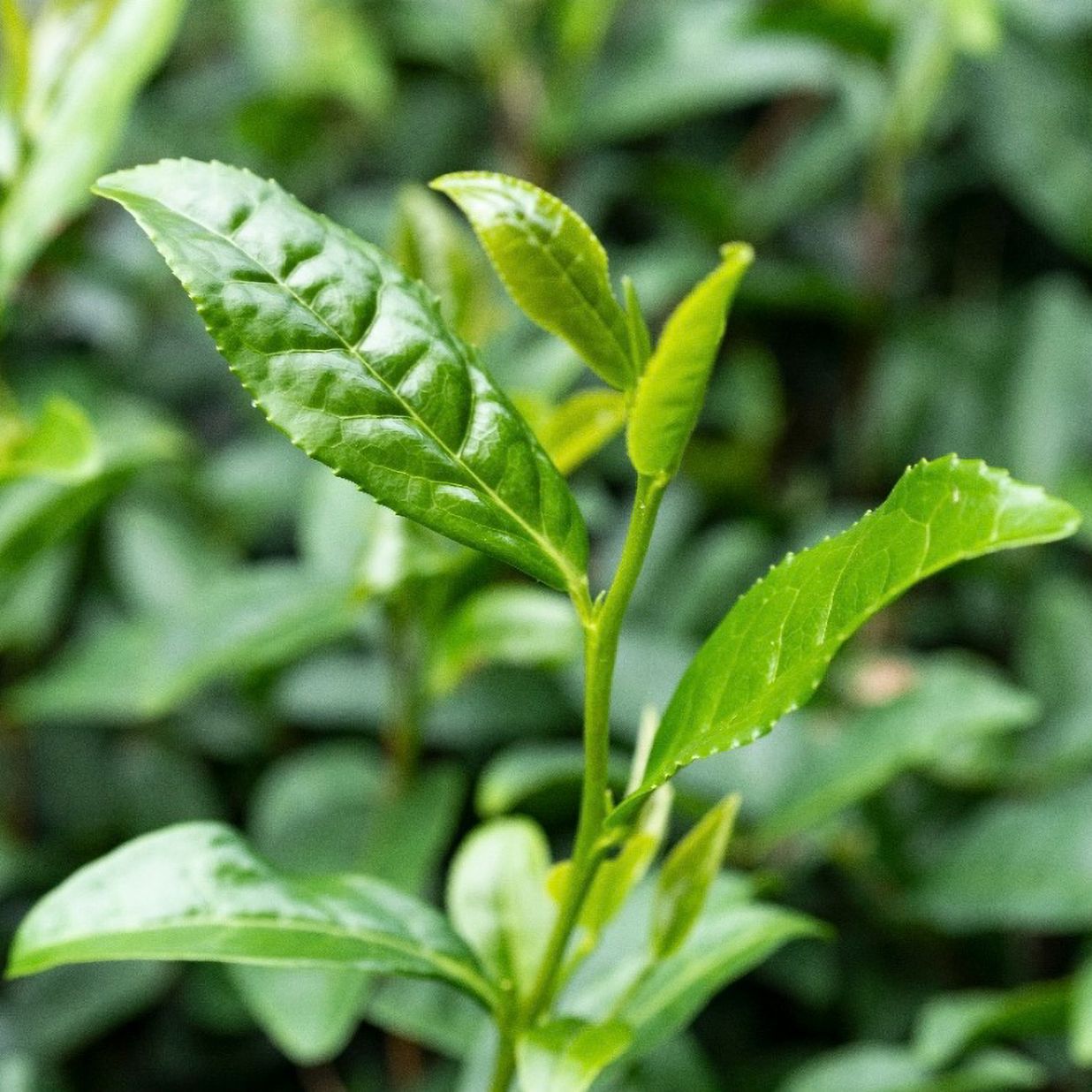MEADOWSWEET
Meadowsweet (Filipendula ulmaria flores) is known by many names and has been highly valued since ancient times. It prefers to grow near water and can be found across the Northern Hemisphere, from Europe to the temperate regions of Asia. As early as the 3rd millennium BC, meadowsweet was used in the brewing of English beers and, in the early modern period, was cooked into wine. Though it was rarely documented in writing during the Middle Ages and Antiquity, records in botanical literature begin to appear from the 12th century onwards.
FUMITORY
Fumitory herb is native to Europe and North Africa. Revered since ancient times, this herbaceous plant belonging to the Fumariaceae family has historically been used to aid digestive and dermatologic conditions.
YARROW
Yarrow grows across Europe and northern Asia, extending as far north as the Arctic Circle. The resilient perennial endures throughout the year, remaining above the earth's surface even during winter. Its rich heritage in herbalism stretches back to Greek mythology, where yarrow finds mention as a plant used by Achilles. It is from this legend that it derives its Latin name, Achillea millefolium.
LADY'S MANTLE
Lady's mantle (Alchemilla) belongs to the rose family (Rosaceae). Its species are widespread across Europe, Asia and Africa, thriving particularly at higher altitudes, with around 300 species in Europe alone. Its botanical name, Alchemilla, alludes to alchemy and the plant's perceived magical properties, a belief inspired by the droplets of water that form on its leaves and have been used in healing remedies since ancient times.
HEATHER
The common heather (Calluna vulgaris L.) grows where few others dare: peat bogs, sand dunes, rocky mountain meadows, and pine forests. This small woody subshrub can reach up to 50 cm in height and live for as long as 40 years. Its violet flowers bloom in August. Its main habitat is Central and Northern Europe, and it is frequently found in areas shaped by the Ice Age. Through human activity it later spread to Canada and North America. It was first mentioned in medieval herbal books.
MARJORAM
Marjoram (Origanum majorana) is associated in Greek mythology with Aphrodite, the goddess of love and beauty, and in Egyptian mythology with Osiris, the god of rebirth and fertility. According to traditional lore, Aphrodite regarded the sweetly aromatic marjoram blossoms as a symbol of bliss, intended to bring cheerfulness and inner balance to humans. It is primarily the herb of the plant that is used. Today, it is mainly employed as a culinary spice, though traditionally it was used both internally as a tea and externally.
CINQUEFOIL
Cinquefoil is recognised for its five-petalled yellow flowers and long-standing use in herbal medicine. Valued for its astringent and anti-inflammatory properties, it was commonly used to treat digestive issues and mouth inflammations. Beyond its medicinal uses, cinquefoil also held symbolic meaning in folklore, often associated with strength and protection.
HIBISCUS
Hibiscus (Hibiscus L.) is native to tropical and subtropical regions. Its cooling character has secured it a firm place in traditional herbal lore, and it has become a beloved ingredient in classic fruit teas.

















